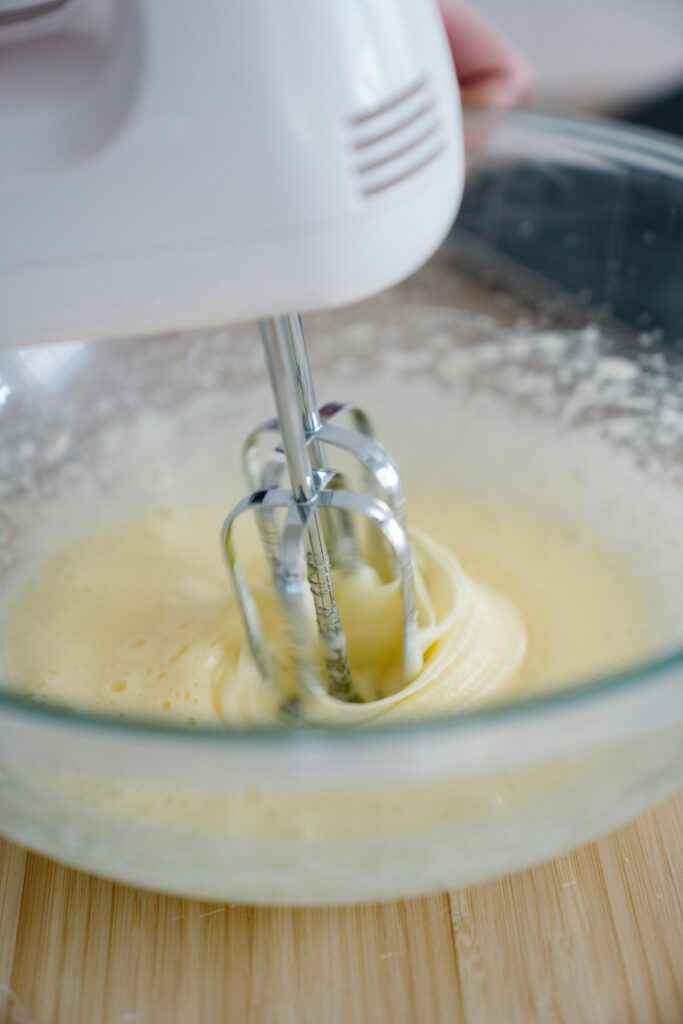In many baking recipes, you add the dry ingredients last, and instructions will generally say “just until combined” or something similar. Why is that?
There are several reasons you don’t want to overmix your batter or dough. Let’s look at a few of them.

Gluten Development
When making bread, developing gluten is a good thing! That’s what gives the bread its structure. But if you’re making something like muffins or a cake, that’s not such a great thing. Overmixing in the dry ingredients, which are usually mostly flour, can lead to a tough or overly dense product. I’d personally rather not eat a muffin that can be compared to a brick.
Deflating the Batter
The more you mix, the more air is incorporated into your batter. This is great for meringues or marshmallows, or even a sponge cake, but not so great for everything. If you mix too much, you run the risk of deflating those air bubbles you have tried so hard to create. There is a delicate balance between mixed and overmixed, so it can be hard to tell until you’ve done it a few times.
Butter
This one is a little specific to certain baked goods, but I think it’s worth a mention. There are times when it is imperative that the butter be kept very cold. Pie doughs, croissants, and more depend on the little pockets of cold butter to develop their layers. If the dough or batter is overmixed, the butter can get too warm, leading to problems with those layers or the bake itself.
Instead, focus on mixing just until the streaks of dry ingredients disappear. Usually it’s fine if there are some lumps in the batter. Use a low speed on your mixer or even mix in the last little bit by hand to avoid overmixing.
Have you ever overmixed your batter? How did that turn out?

